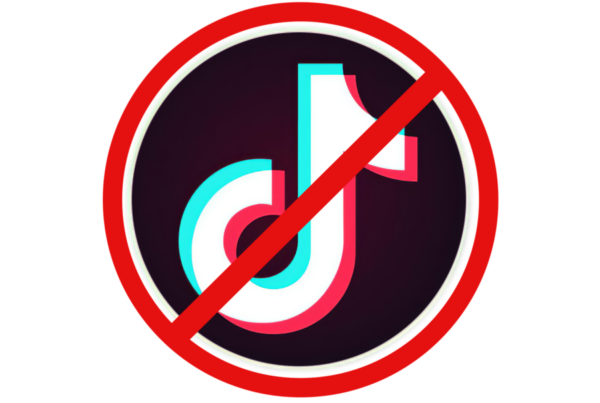
In the past, marketers struggled to find where their audiences were online. Programmatic now allows marketers to leverage different data sources to build audiences and activate them in media, which has taught them much more about consumers’ shopping and content consumption habits. Marketers can now find where their customers and prospects are shopping and engaging online and use that information in their targeting efforts. But what remains a challenge is actually knowing if they’ve reached their best audiences with their media placements. The current supply landscape presents a number of hurdles to achieving this goal:
- The complex media ecosystem: Header bidding. Privilege. Fraud. Auctions. The media landscape isn’t easy to navigate without the right expertise to secure the best deals, ensure inventory is clean and overcome technological challenges. This leads to a lot of time and resources being spent in the initial setup phase of media management.
- Misguided content targeting: Media plans are often still created with content instead of audience in mind. By creating content to reach a certain audience instead of using an audience-driven approach, marketers end up not knowing if this is the actual content their target audiences are consuming. This in turn limits the reach marketers are hoping to gain against these users.
- Elusive premium media: Large media buyers get the advantage of having the budget to make large media commitments that provide privileged access and premium media opportunities. It can be hard for smaller companies to compete and, thus, they lose out on the best media to reach their customers where they are consuming content.
The good news is there are ways to overcome these hurdles and more efficiently and effectively manage your media. Stay tuned for our next post where we will look at the solutions to these top three media management challenges.




